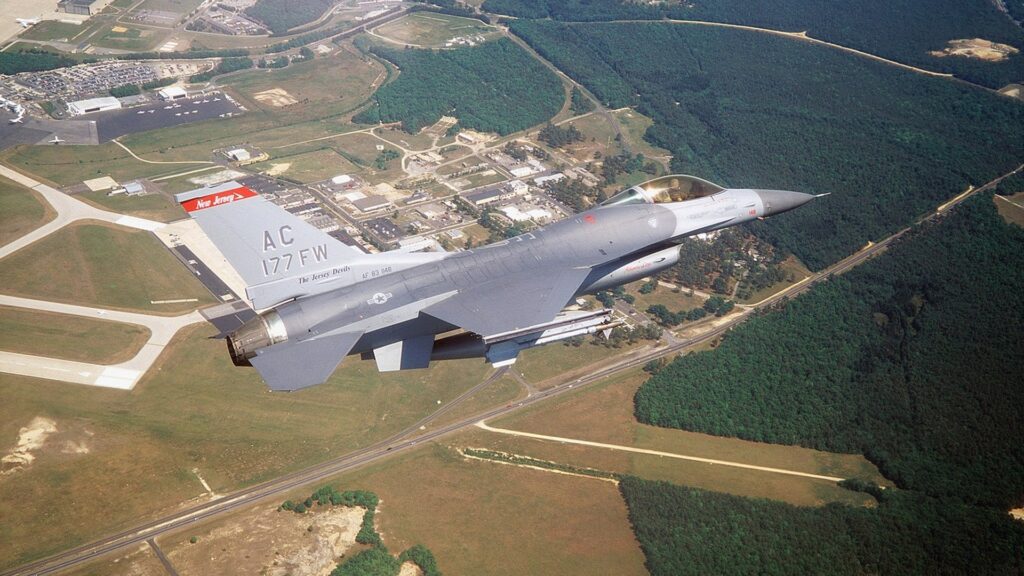Evaluated groundwater data, including chemical signatures based on 21 PFAS compounds across shallow, intermediate, and deep aquifer zones. The analysis integrated groundwater flow directions, potential source locations, and chemical compositions from both on-site and off-site sources. Key conclusions highlighted the identification of off-site PFAS sources north of the site and attributed PFAS detections in the intermediate and deep aquifer zones to the Former Fire Training Area. Additionally, the study indicated an off-site plume migrating beneath the site from the northwest, while dismissing the nearby landfill as a significant PFAS source.
The forensic evaluation of PFAS in groundwater at a site near an airport was conducted to determine whether detections were associated with on-site or off-site sources. The investigation integrated groundwater flow analysis, known and suspected PFAS release locations, and chemical fingerprinting to assess the potential origins of PFAS contamination. The evaluation relied on pie chart visualizations to compare chemical signatures across monitoring locations, rather than regulatory exceedance thresholds, ensuring the focus remained on source attribution.
Samples were analyzed for 21 PFAS compounds, with select wells also tested for 5:3 fluorotelomer carboxylic acid (5:3 FTCA) to investigate potential impacts from a nearby municipal landfill. Given the sand and gravel composition of the aquifer, sorption effects were considered minimal, allowing PFAS transport patterns to be interpreted primarily based on groundwater flow and chemical signatures.
The data evaluation indicated that a former fire training area was likely responsible for PFAS detected downgradient in intermediate and deep aquifers; A historical plane crash and subsequent AFFF use may explain shallow groundwater detections near a reservoir. There were no detection of 5:3 FTCA in wells near the municipal landfill, further supporting the conclusion that it was not influencing groundwater at the site.

